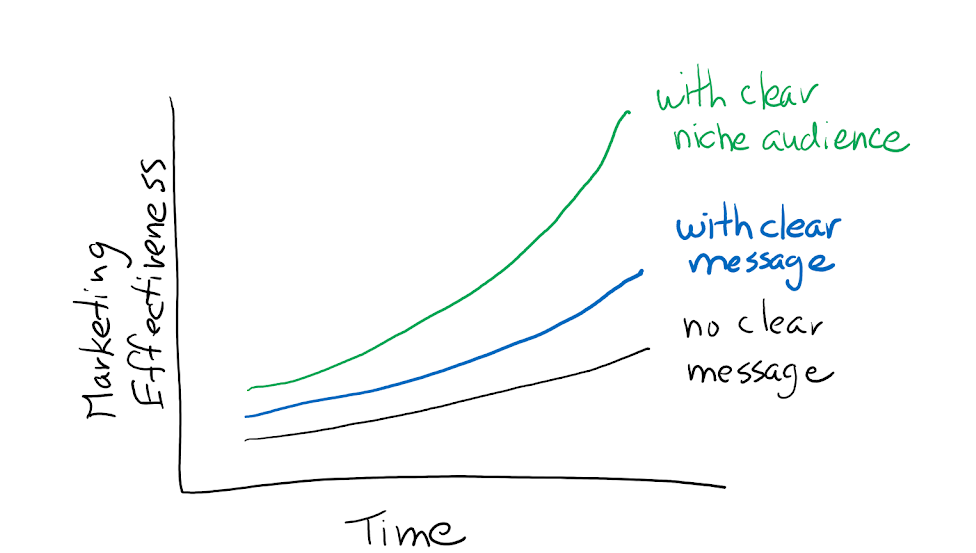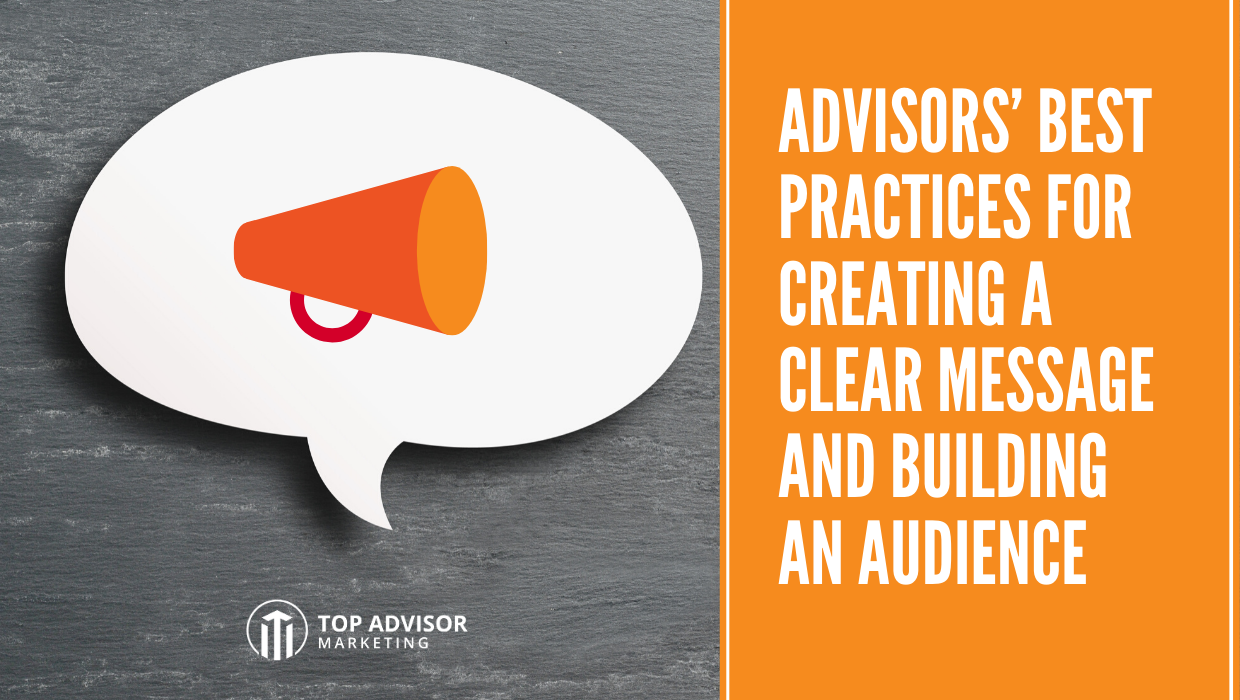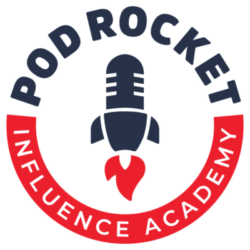The two consistent elements to successful marketing have always been, and always will be, a clear message and a clearly-targeted niche audience. Eventually, you hope your message will become your brand with the people you ideally want to attract.

WHAT COMES FIRST:
THE MESSAGE OR THE AUDIENCE?
Your message and audience are interlinked and, therefore, should be considered and developed together.
For example, if you are great at estate planning but prefer working with 45-55-year-olds, your approach to messaging for estate planning would be significantly different than if you were targeting a 65+ audience. For people 65+, your message might revolve around getting it right, saving taxes, protecting your spouse, and leaving what you can for the next generations. For 45-55-year-olds, you might focus on purpose, living a legacy, and using the ideas and planning strategies to achieve something now.
CREATING YOUR MESSAGE
Your message should focus on what you want to be known for and what you deliver to your ideal clients: outcomes, experiences, and feelings.
If you offer “holistic planning,” you need to not only ask deeper questions, you also need checklists and a story that proves your holistic approach doesn’t end after the first meeting. When your clients hear your message, experience a process, and enjoy the outcomes that reflect your holistic approach — that’s a brand. But it has to start with a better message because that’s how you capture your audience’s attention long enough to prove your credibility and engage them in your expertise. And that’s how you start relationships — with marketing.
Your message moves into brand status when what your audience knows becomes their new expectation, and, ultimately, it’s when they talk about your product or service with others while using that same language as you.
Nurturing a brand and message is a long-term commitment but when done properly, it will produce momentum and opportunities — outcomes that make it all worthwhile.
If you need help defining your message, and ultimately your brand, I highly recommend this free branding guide.
And here are podcast episodes that provide further insight into the creation and implementation of your brand:
- Business Tips for a Dialed-In and Successful 2020
- Are You Brand-Worthy?
- The Difference Between Marketing and Branding
- Packing Your Message Into a Brand
- Creating Your Story Brand
- 9 Outcomes of a Great Advisor Brand
IDENTIFYING & BUILDING YOUR AUDIENCE
The only way to build the right audience is to share your expertise and attract people to your thought leadership. This takes years, not months. Some of the most successful financial advisors and influencers have spent 10+ years building their audience and brand. Do not expect to compete with their influence in a significantly less amount of time — unless of course, you hire Top Advisor Marketing (shameless plug).
Ideally, the audience you want to replicate most should be a vertical or identifiable group you can access and communicate with. If you don’t know how to identify your ideal client/audience, I recommend using this Ideal Client Profile worksheet. If you don’t know the value of having a niche or how to start creating one, start with these podcast episodes:
- 4 Benefits of Niche Marketing for Advisors
- The Power of a Niche
- Next Level Niche with Marci Bair
- Going All-In With Online Millennial Entrepreneurs
- Successfully Using an Exclusive Niche
- Striking it Niche
There are many tactics and tools to define and search for ideal prospects including targeting AI apps, social media advanced searches, or simply finding an in-person niche network such as a chamber of commerce with local businesses, a specific trade conference, or a center of influence.
| TARGETING OPPORTUNITIES | TARGETING TOOLS |
Networking Groups
|
LinkedIn Sales Navigator
Sales Navigator allows you to create search profiles to find, message, and connect with your ideal audience. |
| Centers of Influence
These are typically people you want in your network because they know your ideal audience and add value to their lives. |
LeadCrunch
LeadCrunch finds and engages ideal client/prospect lookalikes, making it easy for you to find new prospects just like the ones you’re already working with. |
| Online Influencers
Getting your expertise (i.e. thought leadership) mentioned, published, and shared can have a huge impact on your exposure and credibility. |
CrystalKnows
Crystal enables you to know more about a prospect’s personality, interests, and values so you can connect better with them. |
| Trade Media
Getting your expertise (thought leadership) mentioned, published, and shared by an outlet that focuses on your niche audience can have a huge impact on your exposure and credibility. |
AdvisorStream
This content aggregation and distribution tool uses AI to adjust content deployment and recommendations. AdvisorStream offers unique content from paywall providers without the paywall. |
| Seamless
Seamless helps you find everyone you need to sell to and it gives you emails and phone numbers. You can use hundreds of insights to build profitable relationships at scale and import directly into your favorite CRM. |
Read these articles to learn about more AI tools:
Build your audience, share your message, and #BeYourOwnLoud:
- Discover and define your key strengths and your audience’s needs.
- Define your ideal audience by personality, age, interests, dreams, careers, family, education, fears, concerns, not just basic demographics and AUM.
- Create keywords and phrases that introduce key concepts and points that are important to understanding your brand. Leverage those phrases and words in your marketing, processes, papers, articles, podcasts, etc.
- Develop a marketing strategy that starts relationships instead of only attracting leads. Relationships are built on sharing expertise, leads are based on trying to sell.
Leverage the tools and resources above to help you build relationships effectively. And if you don’t have time to do it right, find help.





